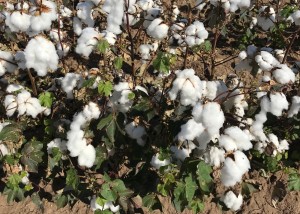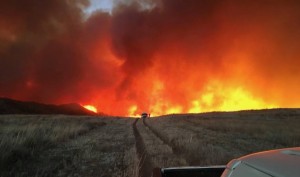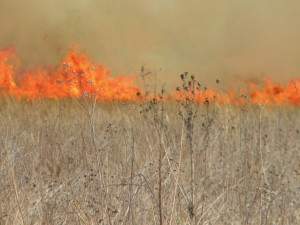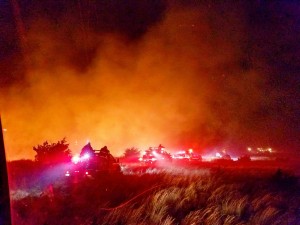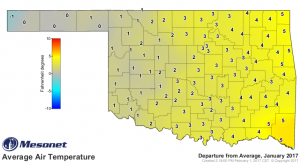Friday morning has arrived and so has another rainy August day in Oklahoma. All the rainy days this August has meant more cooler days. Those cooler August days have left cotton farmers wondering if they’ll have enough heat units to fully mature this year’s crop.
One of the ways to track a crop’s daily and accumulated heat units is with the Oklahoma Mesonet Degree-day Heat Unit Calculator. This tool allows you to enter a crop planting date and get a table of heat units for any Mesonet site. The table shows daily heat units from planting to the most current date and the accumulation of those heat units over the season.
